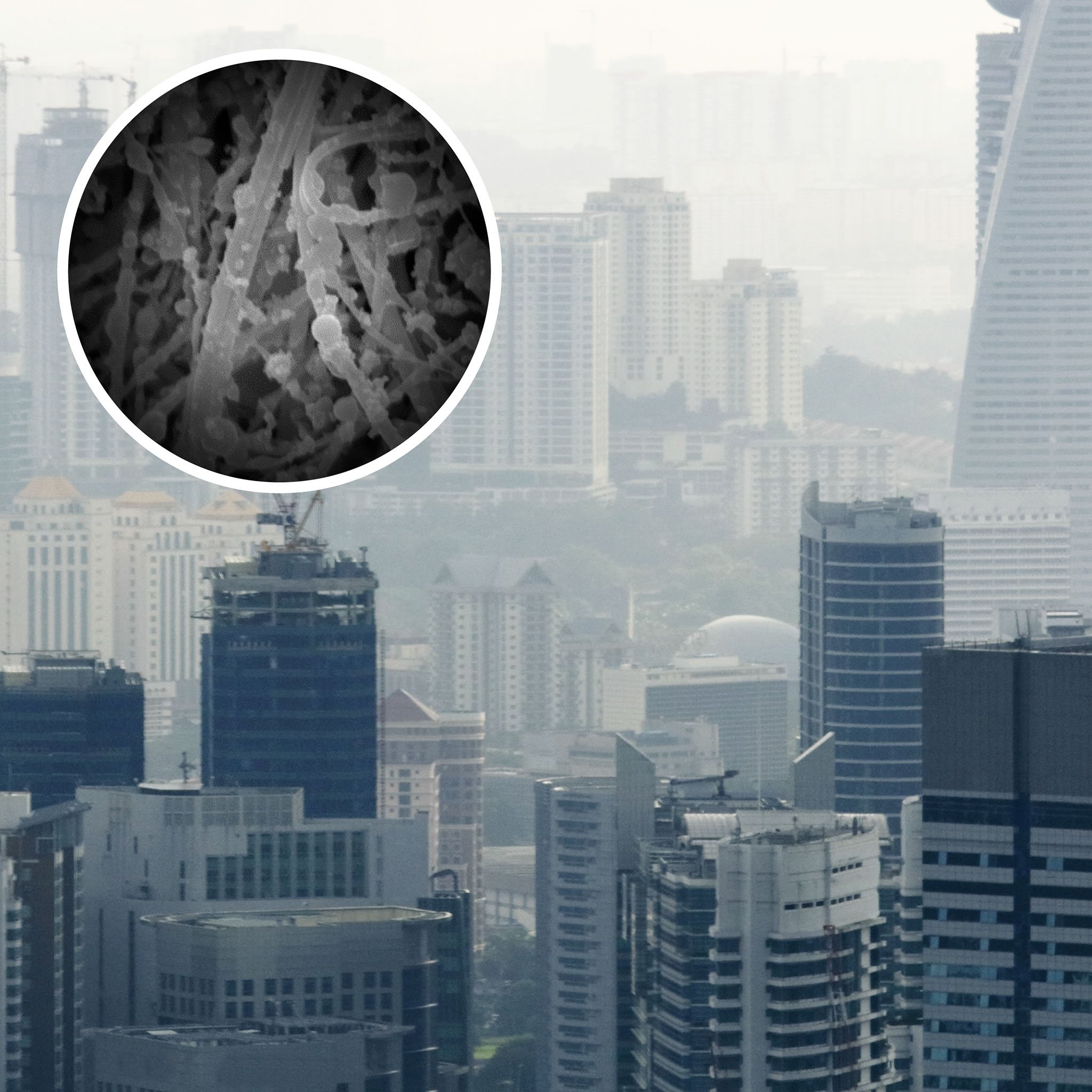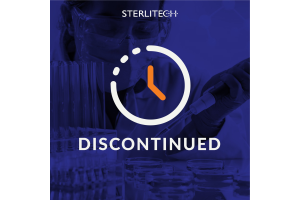Enhancing Air Quality: Tracking PM2.5 Particulates

A recent report by the World Health Organization (WHO) has revealed a concerning statistic: 99% of the global population finds themselves residing in environments where they are consistently exposed to heightened levels of air pollution. (1) This sobering reality has dire consequences, contributing to an annual death toll of 7 million people due to air pollution-related diseases.(1) The primary culprits in this health crisis are fine particulate matter, specifically particles measuring less than 10 micrometers (PM10) and 2.5 micrometers (PM2.5), which have the capability to infiltrate the human body, reaching as far as the brain, beyond their initial entry through the nose, leading to a myriad of health issues. Furthermore, these pollutants have an adverse impact on the environment. (1)
In response to the urgency of this issue, the United States Environmental Protection Agency (EPA) has established Method 201A, a widely adopted procedure for monitoring PM10 and PM2.5 levels to ensure air quality control. This method involves drawing air through two sizing cyclones and collecting it on an EPA-approved PTFE (polytetrafluoroethylene) membrane filter. Once a sample is obtained, a gravimetric analysis is employed to determine the mass of particulate matter for each size category. Specifically, the mass of PM2.5 is calculated by combining the mass of particles collected on the PTFE filter with those measuring less than or equal to 2.5 micrometers in size.
Sterlitech offers PTFE PM2.5 membranes with features designed to enhance air quality monitoring:
- EPA Approval: These membranes are fully compliant with EPA standards, ensuring accuracy and reliability in monitoring.
- Optimized for Automated Sampling: These membranes are tailored for use in automated sampling methods, streamlining the monitoring process.
- Sequential Numbering for Barcode Reader: Each membrane is sequentially numbered, simplifying identification and tracking using barcode readers.
- Low Tare Mass: These membranes possess a low tare mass, which enhances the precision of gravimetric measurements.
- Chemically Resistant Support: They come equipped with a chemically resistant polypropylene ring, guaranteeing that the membrane maintains a flat and stable structure during sampling.
In addition to these attributes, Sterlitech's PM2.5 membranes offer several other benefits, including minimal moisture absorption, outstanding DOP (dioctyl phthalate) particle capture efficiency of 99.7% or higher, and a pore size rating of 2.0 microns. These qualities make Sterlitech's PTFE PM2.5 membranes an invaluable tool in the quest to monitor and combat the critical issue of air pollution, safeguarding both public health and the environment.
PM 2.5 Air Quality in the US

source: https://www.epa.gov/air-trends/particulate-matter-pm25-trends
In the United States, the average concentration of PM2.5 has decreased in recent years, now falling below the national standards.(4) These standards, known as the National Ambient Air Quality Standards (NAAQS) for particulate matter (PM) pollution, define the highest acceptable levels of PM in the atmosphere.(5) The Environmental Protection Agency (EPA) is responsible for establishing and periodically reviewing these national air quality standards for PM as mandated by the Clean Air Act.(5) This data serves a crucial role in safeguarding public health and the environment by ensuring that the concentration of PM in the air remains within the prescribed limits, which are detailed in the table below.

[1] Primary standards provide public health protection, including protecting the health of "sensitive" populations such as asthmatics, children, and the elderly.
[2] Secondary standards provide public welfare protection, including protection against decreased visibility and damage to animals, crops, vegetation, and buildings.(6)
References:
[1] Billions of People Still Breathe Unhealthy Air: New WHO Data
https://www.who.int/news/item/04-04-2022-billions-of-people-still-breathe-unhealthy-air-new-who-data
[2] Whitelock, Derek & Buser, Michael & Clif Boykin, J & Holt, Greg. (2013). First stage lint cleaning system PM2. 5 emission factors and rates from cotton gins: Method 201A combination PM10 and PM2. 5 sizing cyclones. Journal of Cotton Science. 17. 368–379.
[3] METHOD 201A—DETERMINATION OF PM10 AND PM2.5 EMISSIONS FROM STATIONARY SOURCES (CONSTANT SAMPLING RATE PROCEDURE) (2017) Retrieved from https://www.epa.gov/sites/production/files/2017-08/documents/method_201a.pdf
[4] Particulate Matter (PM2.5) Trends (2000 to 2022)
https://www.epa.gov/air-trends/particulate-matter-pm25-trends
[5] Air Quality Designations for Particle Pollution
https://www.epa.gov/particle-pollution-designations
- Most Viewed Blog Articles (5)
- Company News (284)
- Emerging Technologies (64)
- Microbiology and Life Science News (93)
- Water and Fluid Separation News (97)
- Filtration Resources (93)
- Product News (19)

![Join Sterlitech at BIO 2024 [Booth #5558]: Exploring the Future of Biotechnology](https://www.sterlitech.com/media/blog/cache/300x200/magefan_blog/b4.jpeg)




